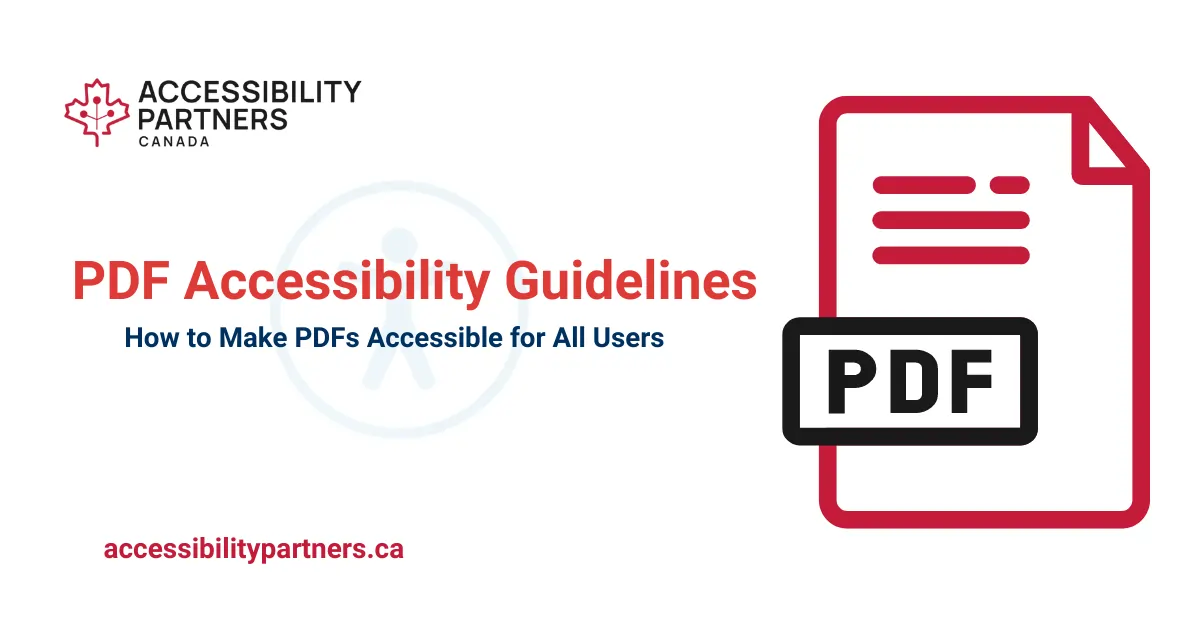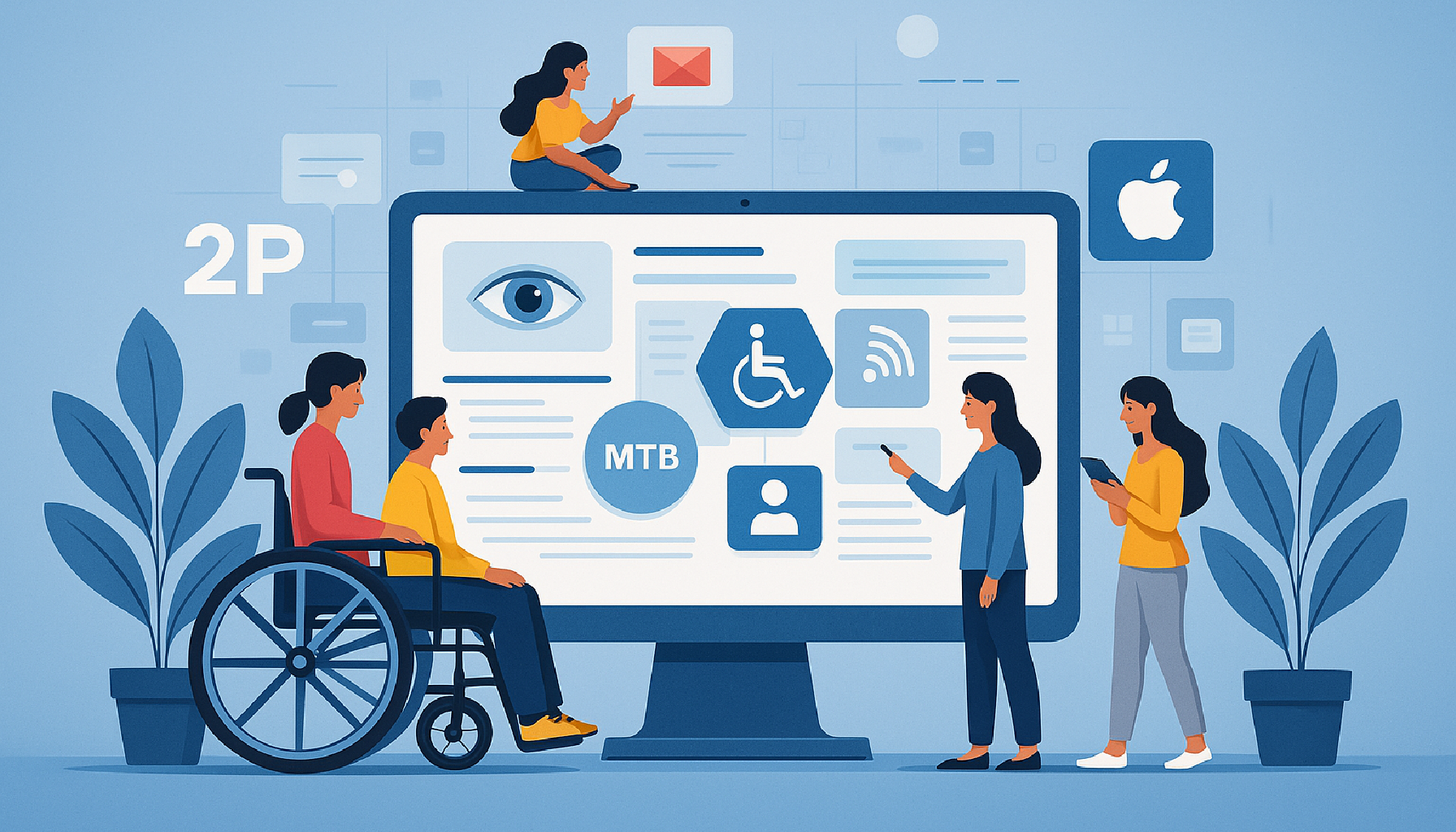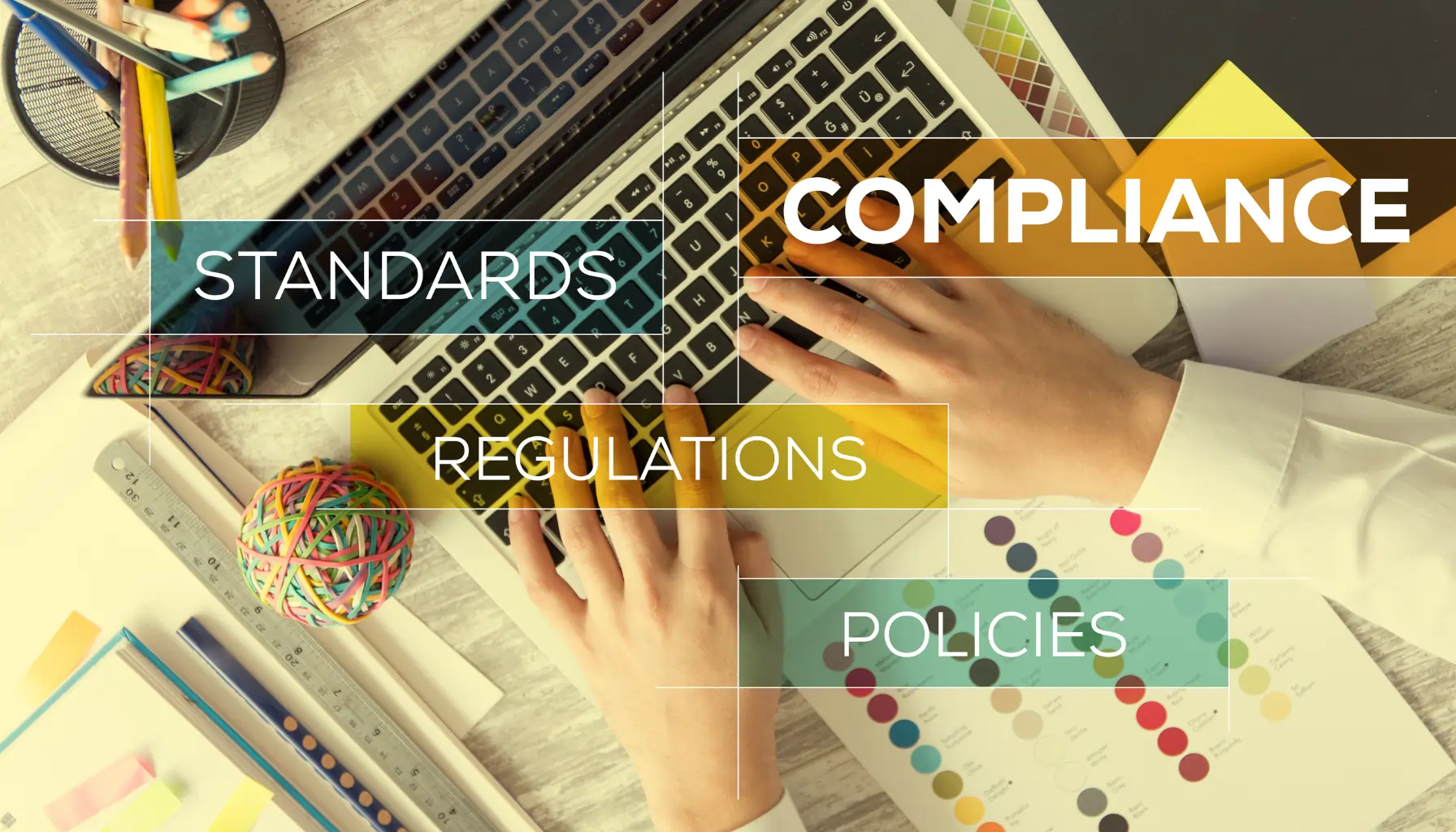The Accessibility for Ontarians with Disabilities Act (AODA) is a cornerstone framework designed to make Ontario accessible for everyone, including individuals with disabilities. This legislation requires organizations to identify and remove barriers, ensuring equal opportunities in employment, services, and daily interactions. Meeting the AODA training requirements is essential for businesses to comply with the law and promote a more inclusive society.
AODA training empowers organizations to understand and implement accessibility principles effectively. By equipping employees with knowledge about what AODA stands for and its practical applications, businesses can enhance customer experiences, foster inclusivity, and demonstrate a strong commitment to equity. Whether you’re a small business or a large corporation, AODA training in Ontario provides the tools to create accessible environments while meeting your legal responsibilities.
Many organizations wonder, “Is AODA training required annually?” While AODA training is not always mandated annually, regular updates ensure employees remain informed about evolving accessibility standards.
Why Do We Need AODA Training?
AODA training is more than a legal requirement; it’s a proactive step towards inclusivity. Disabilities can be visible or invisible, and training employees helps them understand how to interact respectfully and effectively with all individuals.
By investing in AODA training, businesses can:
- Comply with Ontario’s legal requirements and avoid penalties.
- Foster an inclusive workplace culture.
- Enhance brand loyalty by making services accessible to everyone.
Organizations that prioritize accessibility training gain a competitive advantage in today’s socially conscious marketplace.
Who Needs AODA Training?
Every organization in Ontario with one or more employees must provide AODA training. This requirement applies to:
- All levels of employees, from frontline workers to executives.
- Volunteers and contractors interact with the public.
- Business owners are responsible for overseeing operations.
Organizations of all sizes, from small startups to large enterprises, must ensure everyone involved understands AODA requirements and their role in compliance.
AODA Training Requirements
Training under AODA must be role-specific and should align with the five standards under the Integrated Accessibility Standards Regulation (IASR). Employers are required to ensure that their employees are well-versed in:
- Customer Service: Strategies for providing accessible and respectful service.
- Information and Communications: Delivering accessible content in alternative formats.
- Employment Standards: Hiring and retaining talent inclusively.
- Transportation Standards: Accommodating diverse passenger needs.
- Design of Public Spaces: Building environments that promote accessibility for everyone.
Providing regular refresher training is equally important, as it ensures employees remain up-to-date with evolving standards and practices.
Keep Track of Training Records
Maintaining detailed records of completed AODA training sessions is not just a compliance requirement—it’s a key step in building an inclusive workplace. These records should include essential details such as employee names, training dates, topics covered, and the type of training completed (e.g., in-person, online, or blended learning). Accurate documentation ensures your organization is audit-ready and can demonstrate its proactive approach to meeting AODA training requirements and Ontario standards.
Beyond compliance, these records serve as a valuable resource for tracking progress in accessibility initiatives. They help identify knowledge gaps, schedule refresher training, and ensure that all employees, including new hires, are equipped with the latest accessibility knowledge. Regularly reviewing and updating training records also reinforces an organization’s dedication to fostering inclusivity and meeting legal obligations under AODA training Ontario regulations. Keeping thorough, well-organized records reflects your commitment to accessibility and equity for all.
How Can Accessibility Partners Help with AODA Training?
At Accessibility Partners, we specialize in delivering expert-guided accessibility training solutions designed to empower your organization with the knowledge and tools needed to meet and exceed compliance standards. Our training programs are crafted to align seamlessly with AODA training requirements, ensuring your employees gain a deep understanding of accessibility principles and how they apply to their specific roles. From frontline staff to senior management, our programs are tailored to address the unique needs of your industry.
Why We’re the Best Choice for Accessibility Training in Canada
1. Expert Instructors
Our team of seasoned accessibility professionals brings in-depth knowledge and hands-on experience in AODA compliance. With a clear understanding of legal frameworks and practical applications, our instructors ensure your employees receive relevant, up-to-date training.
2. Customized Training
No two industries are alike, and we understand that. Whether you operate in retail, healthcare, education, or government, our training programs are customized to meet the specific requirements of your sector. This targeted approach ensures that your employees gain actionable insights relevant to their daily responsibilities.
3. Flexible Delivery Options
Accessibility Partners offers a range of training delivery methods, including online instructor-led classes, self-paced learning modules, and in-person sessions. This flexibility allows your organization to choose the format that works best for your team’s schedule and learning preferences.
4. Ongoing Support
Partnering with Accessibility Partners means more than just meeting your immediate training needs. We provide ongoing support, including regular updates on legislative changes, refresher training programs, and resources to help you stay ahead in accessibility compliance.
When you partner with Accessibility Partners, you gain more than compliance—you gain the confidence to foster a truly inclusive environment. By equipping your team with the knowledge and skills to uphold AODA standards, you demonstrate your organization’s commitment to accessibility and equity. Let us help you navigate the complexities of AODA training in Ontario and build a more inclusive future for everyone.
Conclusion
AODA training is essential for fostering an inclusive society and meeting Ontario’s accessibility laws. By equipping your staff with the knowledge to identify and remove barriers, your organization can enhance services, comply with legal requirements, and create a welcoming environment for everyone. Maintaining accurate training records further underscores your commitment to accessibility best practices. Together, these efforts contribute to building a more equitable and barrier-free Ontario, benefitting both your organization and the communities you serve.







